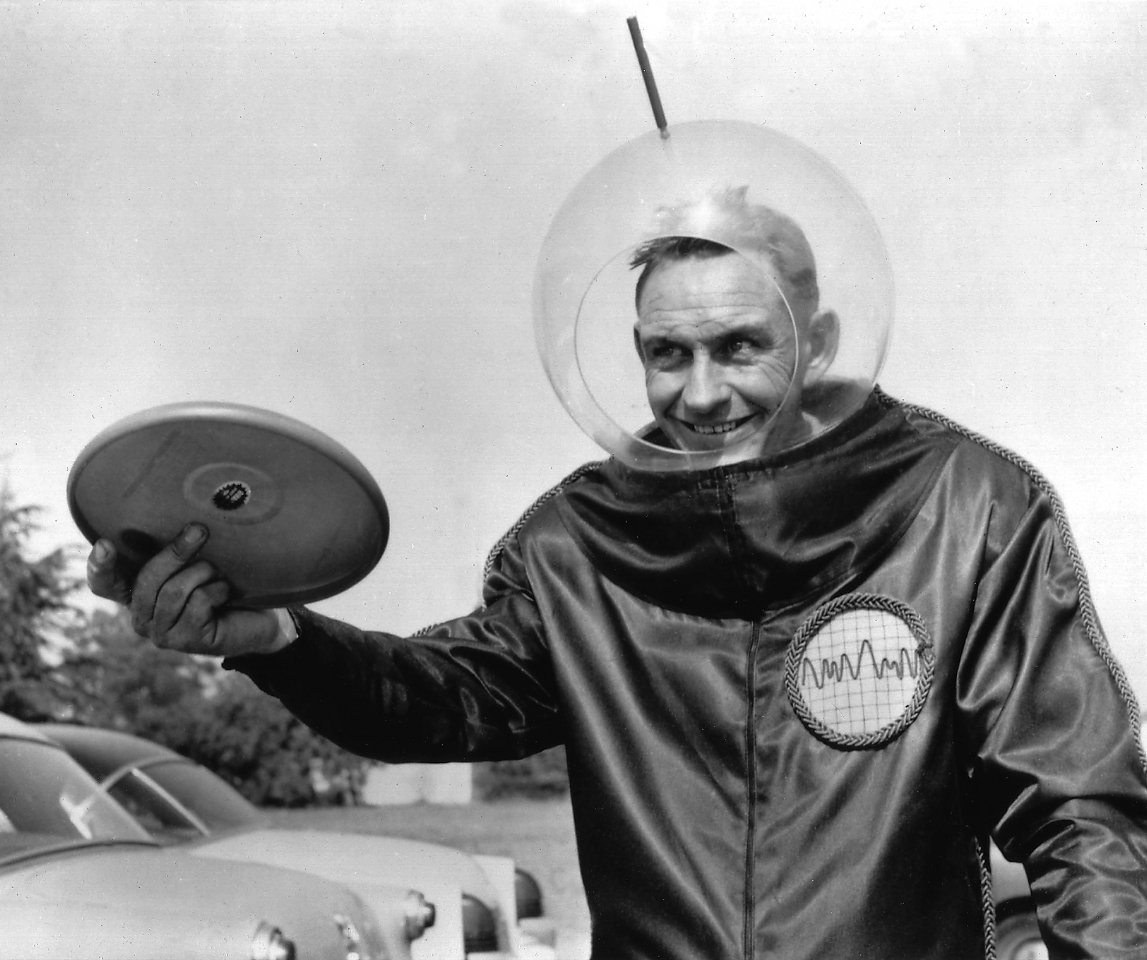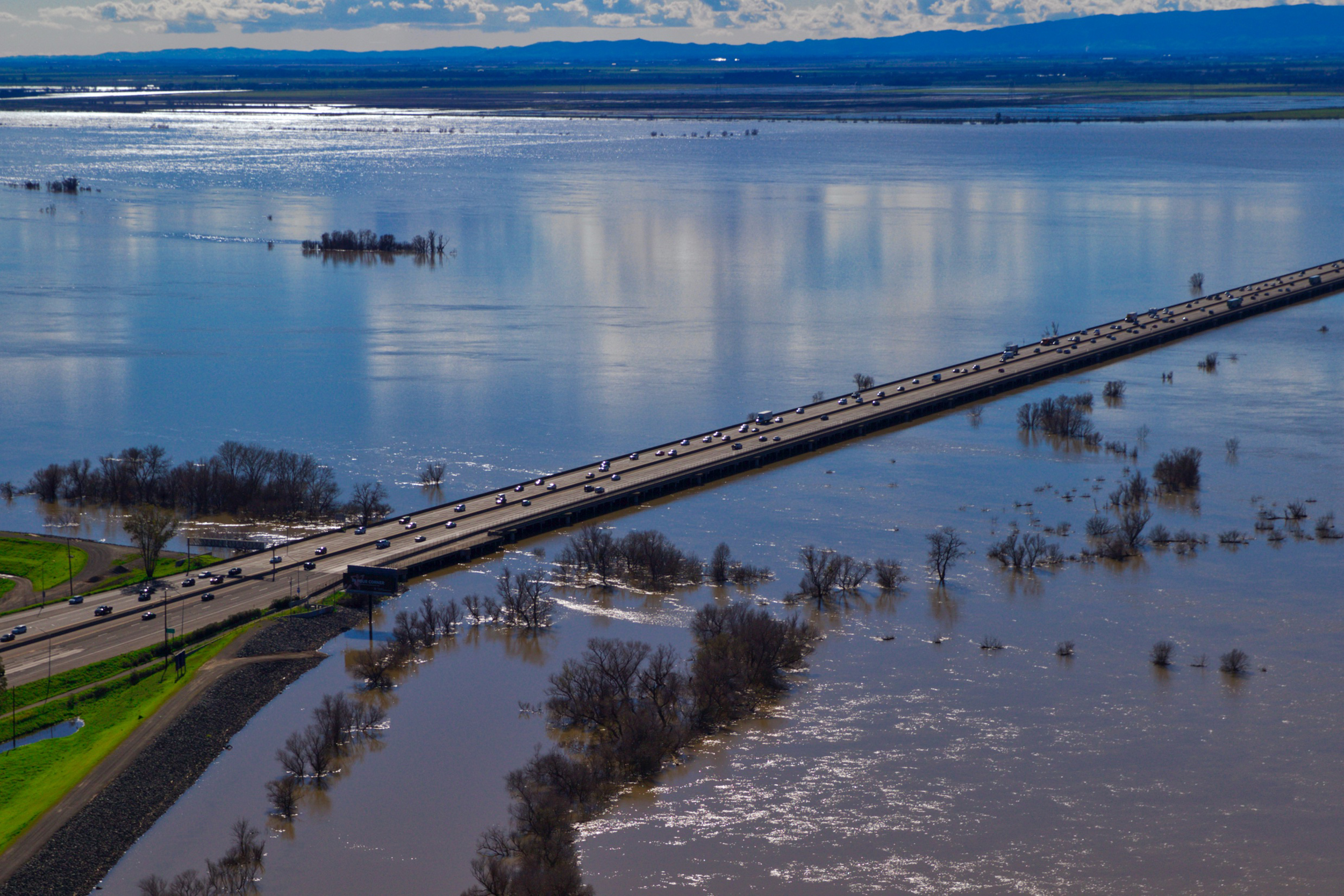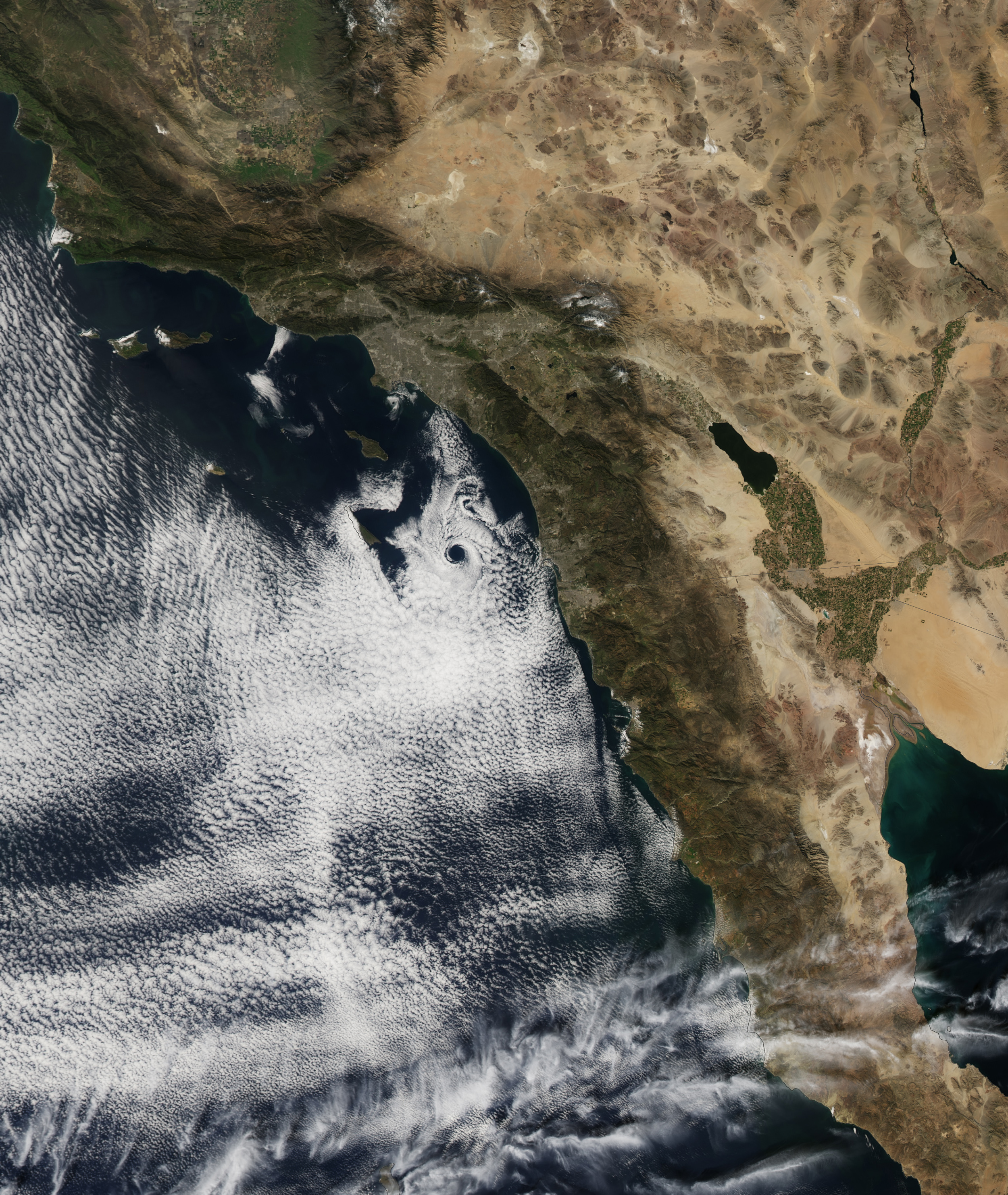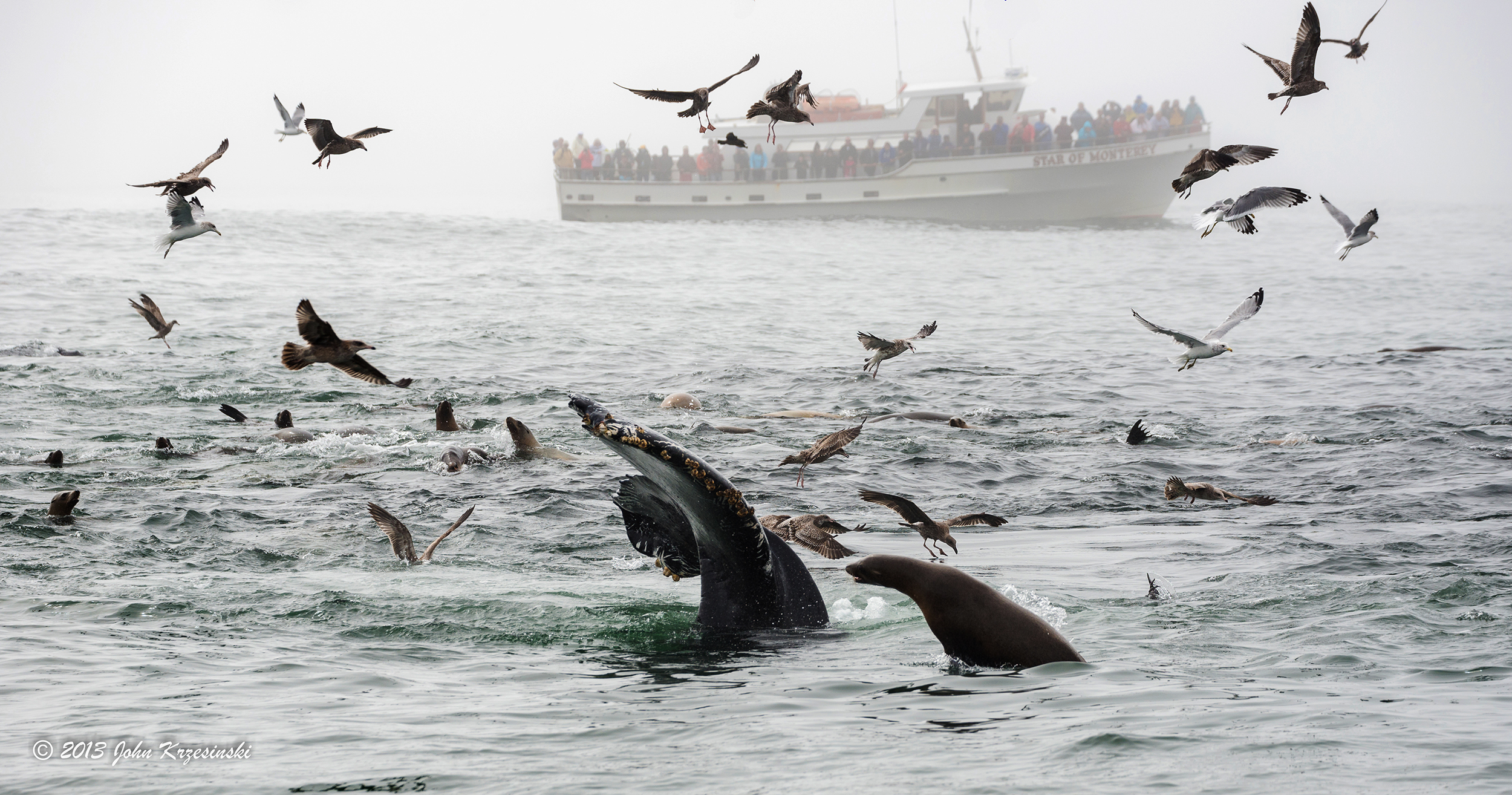Glenn Burke celebrated Dusty Baker's 30th home run of the season in 1977. It was credited as the first high five. ESPN
6 fascinating facts about California: history of the high five edition
1The Los Angeles Dodgers invented the high five.
That’s at least according to one of the most widely cited origin stories of the now-commonplace gesture.
It was Oct. 2, 1977, when the Dodgers outfielder Dusty Baker sent his 30th home run of the season over the fence during a game against the Astros. That made the Dodgers the first team in history to have four sluggers hit 30 home runs each.
The crowd went wild. As Baker crossed home plate his teammate, rookie Glenn Burke, put his hand in the air and Baker, unsure what to do, slapped it. Burke then stepped to the plate and hit a home run of his own. When he returned to the dugout, the men did another high five.
From there, the gesture became the Dodgers’ standard salute and spread around the world. In a short ESPN documentary, Baker marveled at how the high five had evolved over the decades.
“I can’t keep up with them now,” he said. “They do the boom, boom, the booty, something, something. It’s like, ‘How do you guys keep up with all this stuff?'”
2Foresthill Bridge is California’s tallest bridge. Straddling the American River near Auburn, its deck rises 730 feet above the water — about triple that of the Golden Gate Bridge.
It was built to accommodate a massive reservoir that was expected to form behind the unbuilt Auburn Dam. But the dam project was ultimately abandoned over spiraling costs and other concerns.
When the Foresthill Bridge opened in 1973, it was second highest bridge in the world. Today, dozens of bridges around the world have it beat.
Still, the green giant remains a lure to filmmakers and daredevils. Last week, three men were arrested after leaping from the bridge with parachutes.
California Through My Lens | Highestbridges.com

Fred Morrison with his Pluto Platter in 1957.
Wormhole Publishers
3The Frisbee was invented in the Golden State. As a teenager in 1930s Los Angeles, Fred Morrison had tossed around cake pans for fun. Later, after serving as a pilot in World War II, he created a series of flying disc prototypes. He sold a plastic version called the Pluto Platter to Wham-O, which rolled out the first batch in 1957.
The company renamed them Frisbees after the the Frisbie Pie Company in Connecticut, where college students made a game of tossing the pies’ tin lids. It became insanely popular, spawning full-fledged sports, as players fell in thrall to the truism once uttered by Albert Einstein himself: It’s simply a beautiful thing to watch a disc fly.

The Yolo Bypass was flooded last February.
U.S. Forest Service
4California’s capital city, nestled along the Sacramento River, used to be routinely flooded. So in the early 1900s, engineers developed an ingenious system of weirs and bypasses that would reduce pressure on the swollen river by diverting flows around the city.
In the century since, experts say, Sacramento has been saved from flooding more than half a dozen times.
The star of the system is the Yolo Bypass, a 90-square-mile floodplain on the city’s western edge that happily doubles as a wildlife preserve. During the heavy rains last year, flood gates along the Sacramento River were opened for the first time in a decade, filling the bypass. (Here’s a helpful simulation.) Motorists along a highway viaduct that crosses the floodplain had the sensation of driving above a massive inland sea.

A Catalina eddy was captured by satellite on Feb. 17, 2013.
NASA
5Every so often, an epic whirlpool of clouds forms over California’s Channel Islands. A number of factors converge to create what is known as a Catalina eddy.
Cool water forms a marine layer off the Southern California coast. Winds traveling down the coast round Point Conception, where the land makes a hard turn to the east. The winds do as well, then collide with the coastal mountains, turn north, and develop a counterclockwise swirl. Its center is often right above Catalina Island.
The eddies can form anytime, but occur most often between April and October, peaking in June. They contribute, as you may have guessed, to the dreary Southern California phenomenon known as June gloom.
6Monterey Bay National Marine Sanctuary is among the world’s most diverse marine ecosystems.
The so-called “Serengeti of the Sea” spreads across thousands of square miles from north of San Francisco to the southern end of the Big Sur coast. Established in 1992, the waters abound with dozens of species of marine mammals — including whales, dolphins, seals, and otters — more than 180 seabirds and shorebirds, at least 520 fishes, and a variety of plants and algae. Each year, animals travel thousands of miles to reach the rich feeding grounds.
If you’re a marine scientist, the Monterey Bay area is the place to be. About 50 research institutions are based there.
Last fall, a group sent a remotely operated vehicle along the seafloor and found hundreds of new kinds of sponges, sea stars, crabs, shrimp, and corals, including an 8-foot-tall orange and pink variety that can live more than 1,000 years in inky darkness.
A researcher told the S.F. Chronicle that the creatures could have sprung from the imagination of Dr. Seuss.
SFGate.com | Monterey Bay Aquarium
This article is from the California Sun, a newsletter that delivers California’s most compelling news to your inbox each morning — for free. Sign up here.
Get your daily dose of the Golden State.

